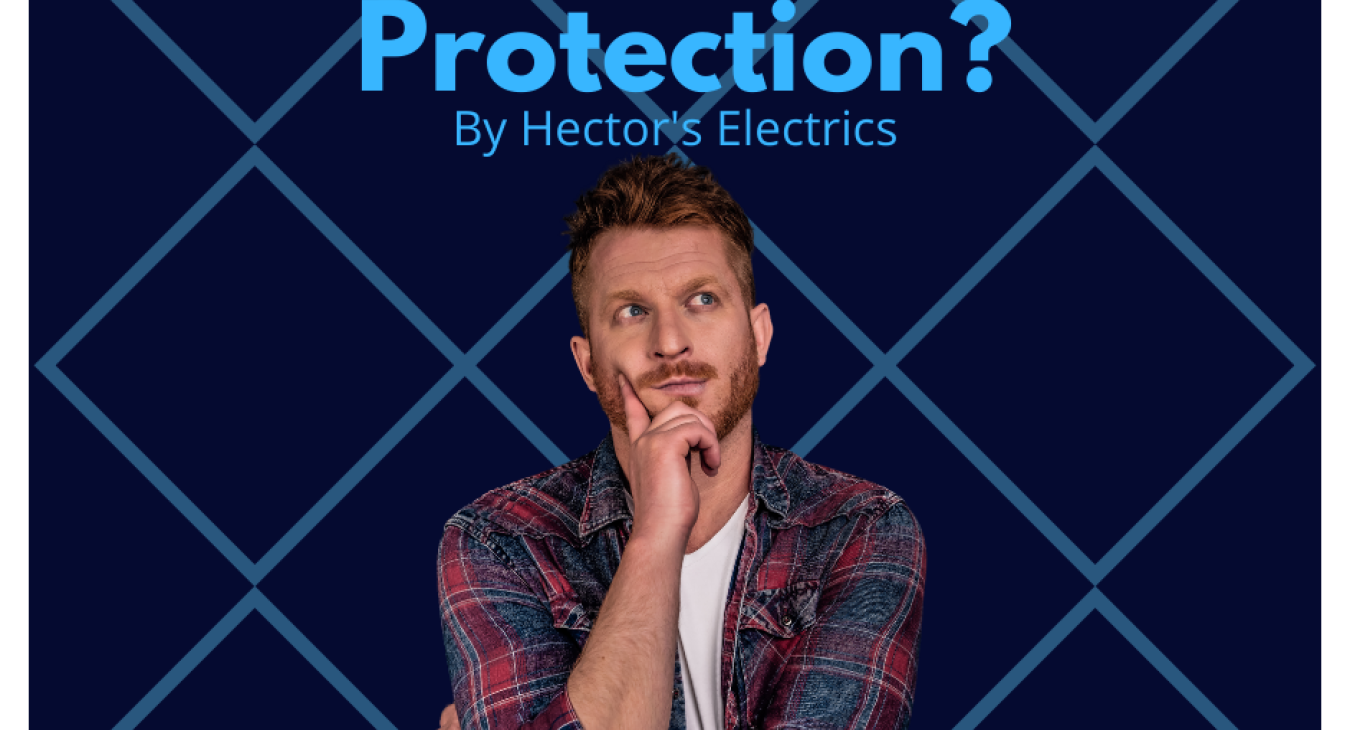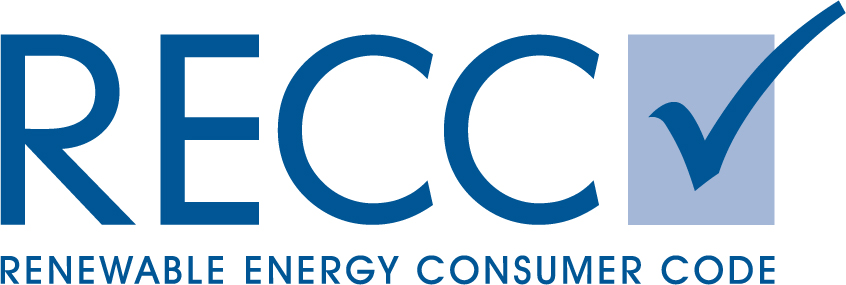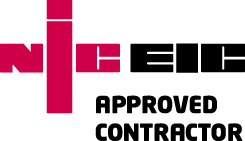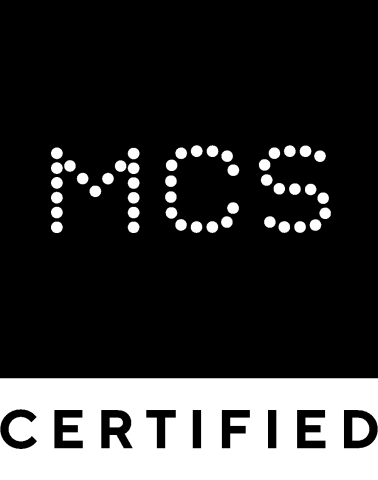Picking an item with the wrong IP rating can lead to serious injury or damage. For example a child could put a screwdriver into an enclosure and could be seriously injured or die. If water splashes from your shower on to the wrong IP rated extractor fan you could get electrocuted.
What are the ratings?
AN IP rating comes in the format IP##
The first digit is for intrusion protection, the numbers have the following meanings:
0 - (or X - see section below): No special protection. Not rated (or no rating supplied) for protection against ingress of this type.
1- Protection from a large part of the body such as a hand (but no protection from deliberate access); from solid objects greater than 50mm in diameter.
2- Protection against fingers or other object not greater than 80mm in length and 12mm in diameter (accidental finger contact).
3- Protection from entry by tools, wires and so on with a diameter of 2.5 mm or more.
4- Protection against solid objects larger than 1mm (wires, nails, screws, larger insects and other potentially invasive small objects such as tools).
5- Partial protection against dust that may harm equipment.
6- Totally dust tight. Full protection against dust and other particulates, including a vacuum seal, tested against continuous airflow.
Moisture protection is the next part.
0- No protection.
1- Protection against vertically falling droplets, such as condensation. ensuring that no damage or interrupted functioning of components will be incurred when an item is upright.
2- Protection against water droplets deflected up to 15° from vertical
3- Protected against spray up to 60° from vertical.
4- Protected against water splashes from all directions. Tested for a minimum of 10 minutes with an oscillating spray (limited ingress permitted with no harmful effects).
5- Protection against low-pressure jets (6.3 mm) of directed water from any angle (limited ingress permitted with no harmful effects).
6- Protection against direct high pressure jets.
7- Protection against full immersion for up to 30 minutes at depths between 15 cm and 1 metre (limited ingress permitted with no harmful effects).
8- Protection against extended immersion under higher pressure (i.e. greater depths). Precise parameters of this test will be set and advertised by the manufacturer and may include additional factors such as temperature fluctuations and flow rates, depending on equipment type.
9- (K): Protection against high-pressure, high-temperature jet sprays, wash-downs or steam-cleaning procedures - this rating is most often seen in specific road vehicle applications (standard ISO 20653:2013 Road Vehicles - Degrees of protection).
‘X’ is sometimes used to denote no protection required. The top surface of the light switch has to be IP4X. The 4 means anything larger than 1mm can't get through the top. The X means there is no protection from water. This differs from a fan which has to be IPX4. There is no required protection from an object , but the 4 means its protected against water splashes from all directions.
Here is an image of where the IP rating is used!
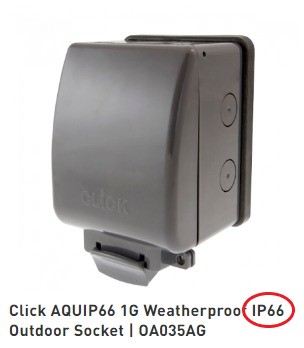
When enclosures aren’t specified or installed correctly danger may lie just around the corner. If you are concerned about IP ratings of your electrical items give Chris a call on 01332 410240.

